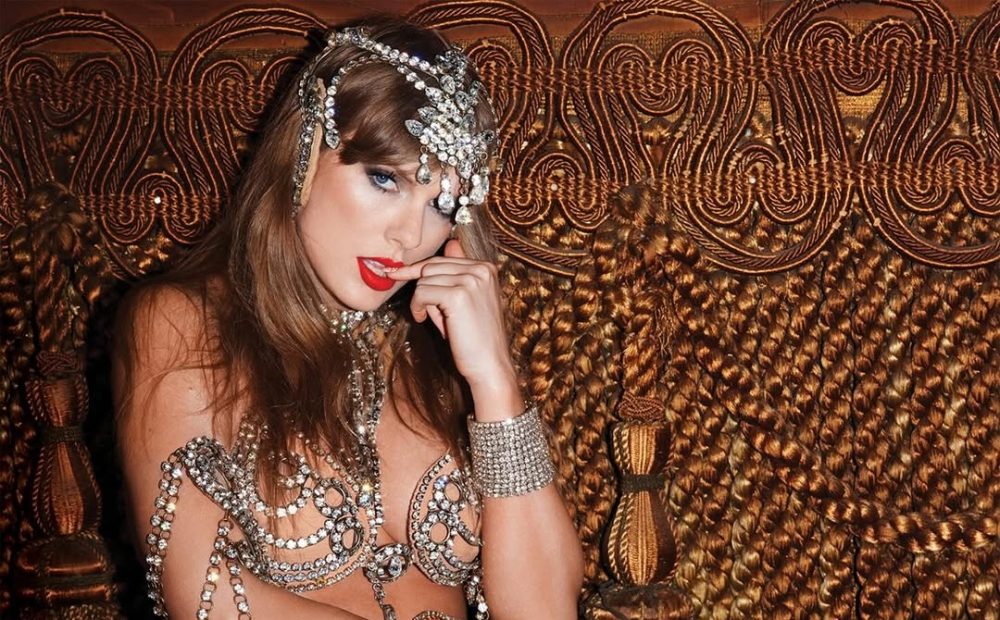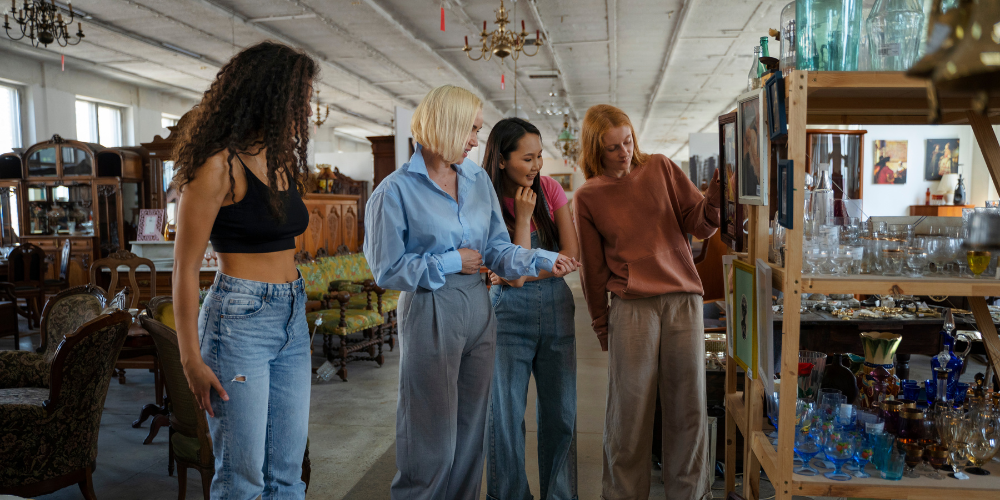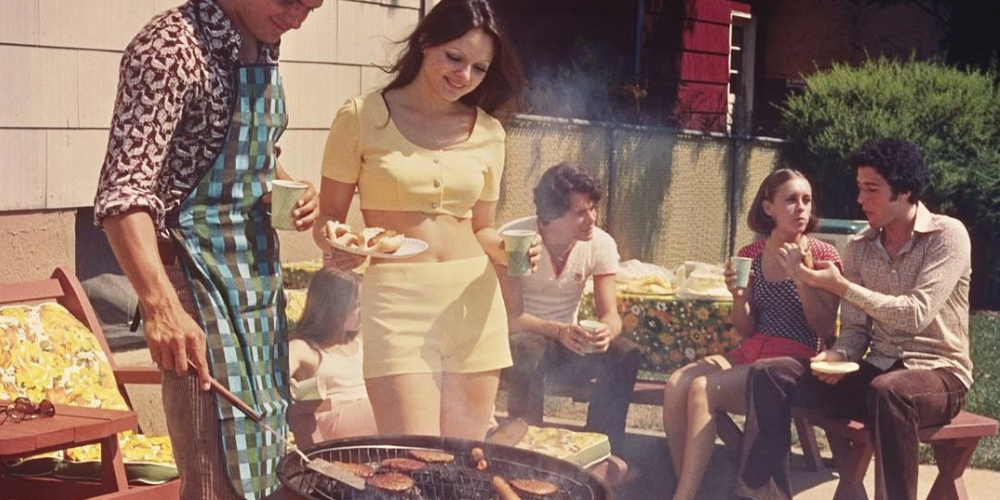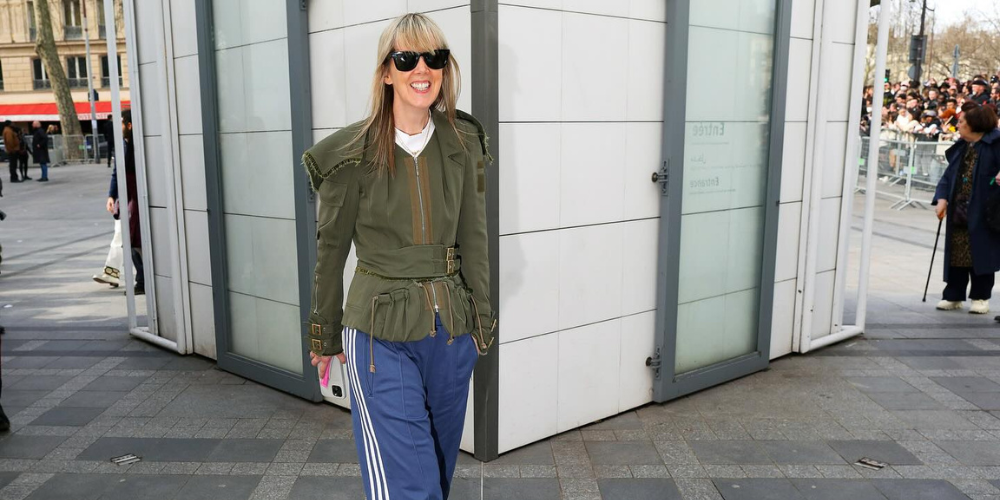Vintage fashion has seen an exciting resurgence in recent years, with an increasing number of fashion lovers turning to preloved items as a way to showcase personal style and embrace sustainability. From rare designer finds to quirky one-of-a-kind pieces, shopping for vintage clothing can be both an adventure and an investment. But how do you navigate the vast landscape of secondhand treasures to curate a collection that is both meaningful and timeless?
Here, we’ll explore tips and advice from the best vintage sellers around the world, helping you build a vintage wardrobe that reflects your unique style and values.
Start With What Feels Right
When it comes to shopping for vintage, the key is to begin with what resonates with you personally. As Juno Francis, the founder of Juno Juno vintage boutique, puts it, “Fashion should always be a reflection of who you are and how you feel. What makes you feel empowered and confident? Start there.”
This is an important reminder not to get caught up in current trends or the pressure to follow what’s popular. Instead, focus on pieces that align with your own aesthetic. Whether it’s a flowing vintage dress or a sleek leather jacket, it should feel like an extension of yourself. A truly great vintage collection will speak to your personality, making each piece more than just an item of clothing — it will become part of your story.
Building Your Vintage Wardrobe
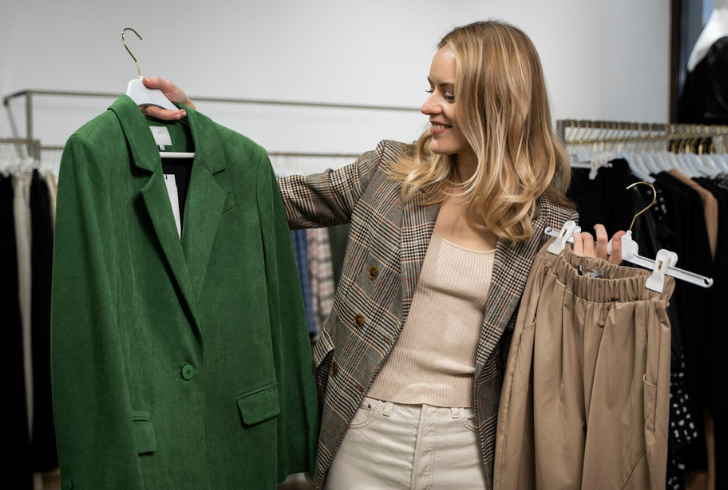
While starting with pieces that resonate with you is important, it’s also essential to build a balanced collection. A mix of versatile staples and statement items will give you the flexibility to create countless outfits. Sofia Bernardin of ReSee suggests that you begin by seeking out classic items, like a well-fitted blazer, a cozy cashmere sweater, or a timeless trench coat. These are foundational pieces that can elevate any wardrobe.
Once you have those staples, don’t be afraid to add more daring pieces to the mix. Richard Wainwright of Arcade Vintage emphasizes, “Accessories are a great way to begin collecting vintage. They don’t require a perfect fit, and they allow you to add personality to your everyday outfits.”
Patience and Persistence in the Search
The world of vintage shopping can feel overwhelming, especially given the vast number of online platforms and local shops to explore. However, this abundance of options can be a double-edged sword. While it means more choices, it also means that unique pieces can be harder to come by. “Patience is key,” says Jules Jensen of The Parisian Vintage. “Much like when you’re decorating your home, finding the right vintage piece can take time. Sometimes, you just have to wait for the perfect find.”
Be prepared to spend some time scouring flea markets, thrift shops, and online resale platforms. Setting alerts for specific items or brands can also increase your chances of finding that perfect vintage gem. While the hunt may take time, the thrill of discovering something truly special makes it all worth it.
Understanding What You’re Buying
To truly excel in vintage shopping, it’s essential to familiarize yourself with the different eras and designers that shaped the fashion world. This knowledge can help you identify high-quality items and avoid counterfeits. “Take the time to research brands, their creative directors, and the era in which the pieces were made,” advises Bernardin. “This will help you spot authentic, high-quality finds and understand their true value.”
Brynn Jones, model and owner of the vintage shop Aralda, echoes this sentiment: “The more you know about the materials, stitching, and brand tags, the easier it becomes to tell whether a piece is authentic or not. This knowledge helps you avoid costly mistakes.”
The Condition of Vintage Pieces
When shopping for vintage, one of the most important factors to consider is the condition of the item. While some wear and tear is expected, it’s crucial to assess whether a piece is still wearable or if repairs would be too costly. “Examine the item carefully for signs of damage,” says Sara Smith, founder of Relik Editions. “Minor issues, like a loose hem or missing button, can often be fixed. But be cautious with more significant problems like cracking leather or fraying fabric, as these may not be easily repairable.”
If you’re purchasing online, make sure to read the item’s description thoroughly and ask the seller for close-up images of any potential damage. A piece in good condition will not only last longer but also maintain its value over time.
Caring for Your Vintage Collection
Once you’ve invested in vintage clothing, it’s essential to take proper care of it to ensure it stays in great shape. This includes storing items properly and cleaning them with care. Wainwright advises against using plastic garment bags, as they trap moisture and can lead to mold growth. Instead, store vintage items in breathable cotton garment bags and keep them in a cool, dry place away from direct sunlight.
Leather goods, such as jackets and bags, need leather moisturizers to keep the material supple and prevent cracking. Delicate fabrics like silk need extra care when cleaning to avoid damaging the fibers.
Vintage as an Investment
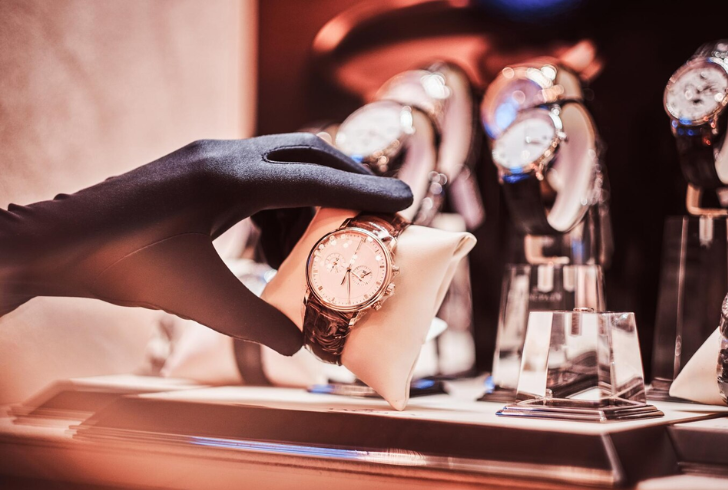
One of the most appealing aspects of collecting vintage clothing is the potential for it to increase in value over time. Items from renowned designers or rare, limited-edition pieces often become more sought after as the years go by. “Vintage fashion is a smart investment,” says Bernardin. “Many pieces only gain in value, especially as certain trends resurface or specific designers’ works become more highly regarded.”
While the joy of collecting vintage pieces is in the hunt and the thrill of finding something unique, you can also feel confident that your collection could hold long-term value. For example, women’s luxury vintage watches, still an underrated category, are beginning to see significant growth in demand, according to Bernardin.
Trends to Watch
The vintage market is constantly evolving, with certain styles becoming more valuable over time. Smith notes that there is currently growing interest in the “haute bohemian” look, with items from iconic designers like Chloé, Valentino, and Isabel Marant in high demand. At the same time, vintage pieces from the early 2000s, such as minimalistic designs from Prada and Armani, are also making a comeback.
It’s also worth keeping an eye on timeless tailoring, particularly for menswear. As Wainwright points out, “Classic tailored suits and leather accessories never go out of style, and they tend to appreciate in value as the years go by.”
The Joy of Vintage
Vintage shopping is about more than just finding rare or valuable items — it’s about finding pieces that bring joy and reflect your personality. “Don’t buy something just because it’s a big-name brand,” says Jones. “Buy what speaks to you, what makes you feel something. A great vintage piece will always resonate with you, and that’s what makes it truly special.”
As Francis aptly puts it, “Vintage is not about trends; it’s about character. The best pieces are those that tell a story — and now, they’re a part of your story.”
By taking your time, doing your research, and embracing the uniqueness of vintage fashion, you’ll not only build a wardrobe full of timeless pieces but also create a collection that will continue to tell your personal story for years to come.

